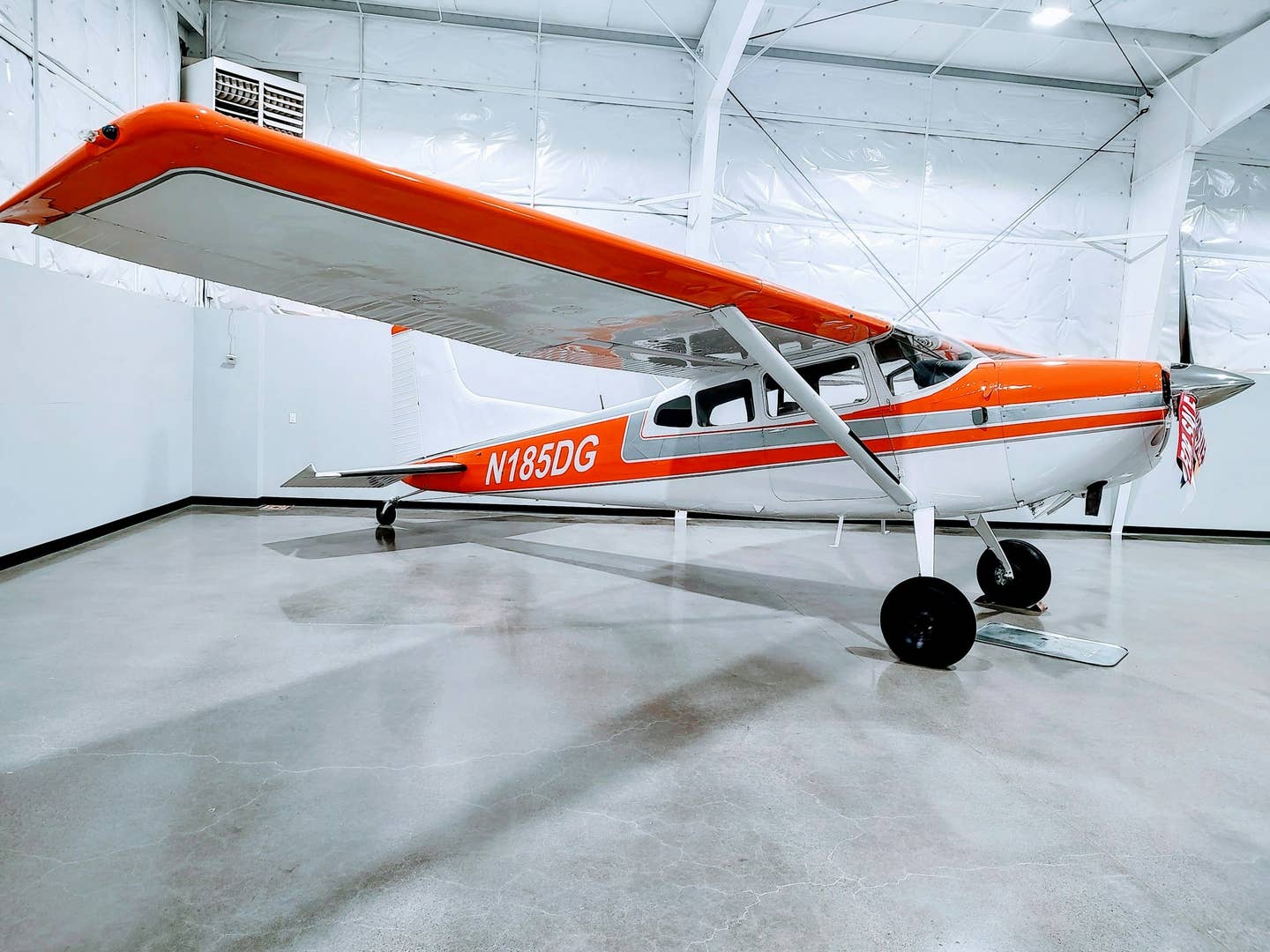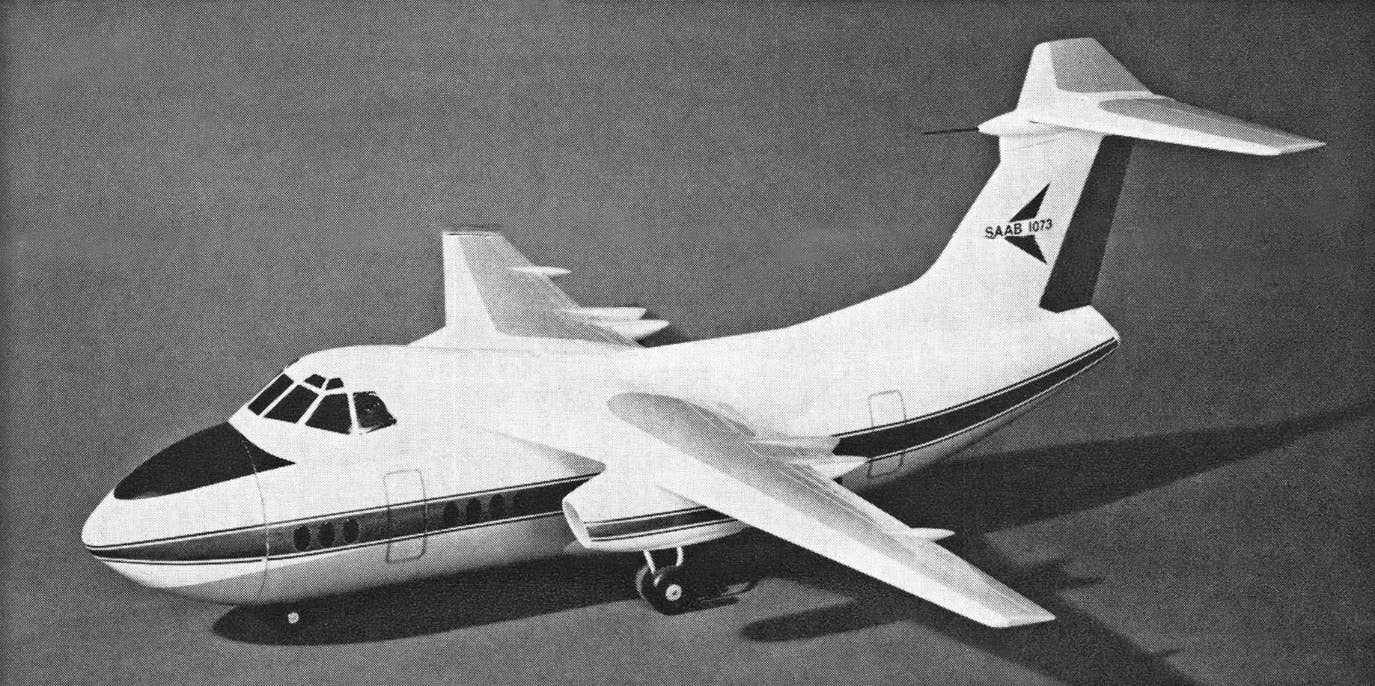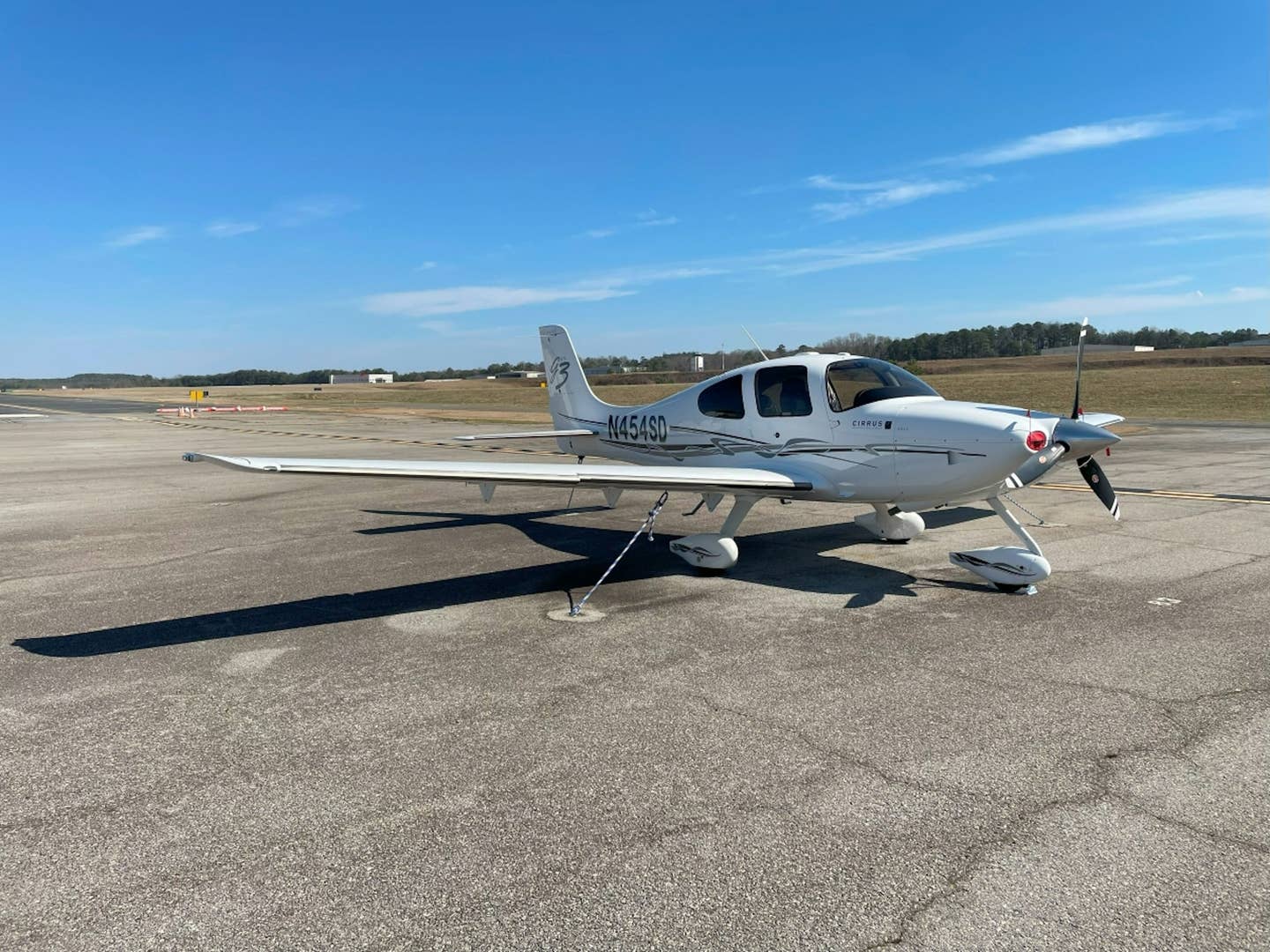
Robert Goyer
While the cause of the carbon buildup in the engines that power the Eclipse 500 twinjet has yet to be discovered, a fix has been found, Eclipse Aerospace president of service Ken Ross told Flying. The jets have been restricted to 30,000 feet by the FAA because of six reported engine surges related to carbon buildup on the engine static vanes at high altitudes. Eclipse has been able to replicate the problem in a test cell, though why it happened with the affected engines and not with other engines in the fleet remains a mystery.
The fix, Ross said, is to replace the combustor sleeve with a "split" sleeve. Ross said it's not clear why the fix works, only that it does. The FAA still needs to sign off on the fix to remove the altitude restriction for airplanes with the modified engines.
According to a Pratt & Whitney Canada's Anna DiGiorgio, "The FAA Airworthiness Directive is between the aircraft manufacturer and the aircraft certifying authority and P&WC is committed to supporting both Eclipse and the FAA in addressing this situation." DiGiorgio went on say that P&WC stands behind its initial recommendation that "respecting a reasonable cruise time limitation of 75 minutes when operating above 30,000 feet" addresses the carbon buildup issue and that the FAA's blanket altitude restriction is unnecessary.
Certification testing of the new configuration is ongoing, said DiGiorgio.
Despite it seemingly being a manufacturing flaw in the design, it's the owners who are going to bear the cost of the repairs.
Both Eclipse and Pratt & Whitney are looking for ways to help keep owners' costs down. The problem is that after the original Eclipse filed for bankruptcy, the warranty on the jet and on the engines became null and void.
Pratt & Whitney is developing a program to help owners make the fixes, which Ross said cost just under $15,000 per engine. Among the plans is an engine warranty option that would allow owners to get the repairs made as part of a transferable engine maintenance plan, which would spread out costs and provide ongoing protection even after the fix. Pratt & Whitney will also give owners with previous engine warranty coverage prorated credit for their previous plan.
Ross said that it was expected to take up to a year for all of the existing engines to be modified. In the meantime, non-modified 500s will be limited to 30,000 feet.

Sign-up for newsletters & special offers!
Get the latest FLYING stories & special offers delivered directly to your inbox






